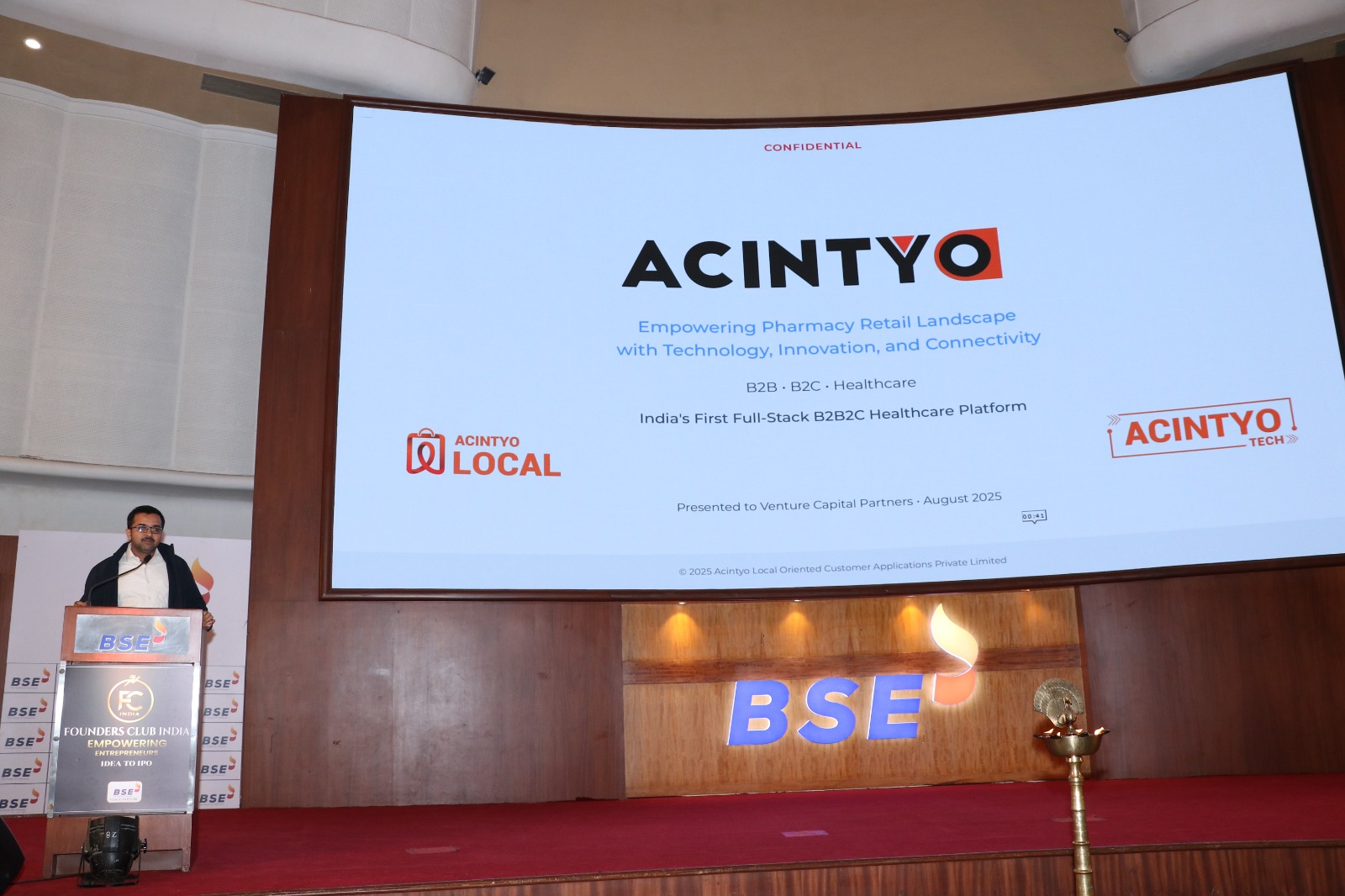The Emergence of Tech Hubs in Tier-2 and Tier-3 Cities in India
Summary The rapid expansion of technology hubs in Tier-2 and Tier-3 cities in India is revolutionizing the countryÔÇÖs economic landscape. These cities are attracting significant investments, fostering innovation, and providing employment opportunities to local talent. Key factors include government initiatives, affordable living costs, and a growing talent pool. This shift is not only decongesting metro cities but also creating a more balanced economic growth across the nation. The future of IndiaÔÇÖs tech industry looks promising with these emerging hubs leading the way.

1. The Rise of Regional Tech Ecosystems
The growth of technology hubs in smaller cities is a testament to India’s evolving economic dynamics. Cities like Indore, Kochi, and Jaipur are emerging as prominent tech destinations, offering viable alternatives to traditional metro cities. These cities are increasingly hosting startup incubators, IT parks, and tech events, attracting both local and global investors. The regional tech ecosystems are benefiting from lower operational costs and an abundance of skilled talent, making them attractive locations for tech companies.
2. Government Policies and Initiatives
Government policies have played a crucial role in the development of tech hubs in Tier-2 and Tier-3 cities. Initiatives such as the Smart Cities Mission, Digital India, and Startup India are designed to promote technological growth and infrastructure development. States are also offering incentives like tax breaks, subsidies, and simplified regulatory frameworks to attract tech companies. These policies are creating a conducive environment for startups and established firms to set up operations in these cities.
3. Talent Pool and Educational Institutions
The presence of reputable educational institutions in Tier-2 and Tier-3 cities is a significant driver for tech hub emergence. Institutes of technology, engineering colleges, and management schools are producing a steady stream of skilled graduates. This local talent pool is readily available for recruitment by tech companies, reducing the need for relocation and minimizing costs. Additionally, collaborations between industry and academia are fostering innovation and entrepreneurship at the grassroots level.
4. Quality of Life and Cost Advantages
One of the main attractions of Tier-2 and Tier-3 cities is the quality of life they offer at a lower cost. These cities provide a more relaxed lifestyle, with less congestion and pollution compared to metros. Affordable real estate and living expenses make them attractive for young professionals and entrepreneurs. The cost advantages extend to businesses as well, with lower rental and operational costs enabling startups to allocate resources more efficiently.
Conclusion
The rise of tech hubs in Tier-2 and Tier-3 cities is a transformative trend in India’s tech landscape. These cities are not only providing new avenues for economic growth but also contributing to a more balanced and inclusive development. By leveraging local talent, supportive government policies, and cost advantages, they are becoming vital components of India’s digital economy. As these hubs continue to grow, they promise to reshape the future of technology in India, fostering innovation and opportunity across the nation.



































Comments (0)